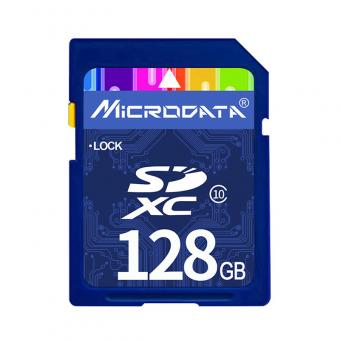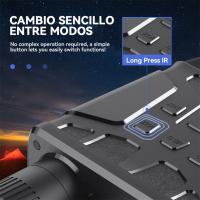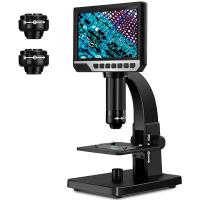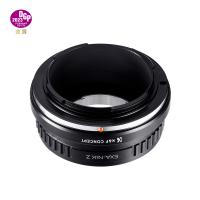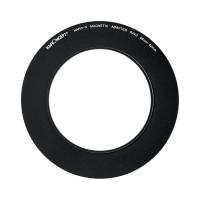When Were Digital Cameras Introduced ?
Digital cameras were first introduced in the late 20th century. The first commercially available digital camera, the Dycam Model 1, was released in 1990. However, it was quite expensive and had limited resolution. The first consumer digital camera, the Apple QuickTake 100, was launched in 1994. It had a resolution of 640x480 pixels and could store up to 8 images. Over the years, digital cameras rapidly evolved, with improvements in image quality, resolution, and storage capacity. The introduction of memory cards and the development of more compact and affordable models made digital photography increasingly popular. Today, digital cameras are widely used, ranging from professional DSLRs to compact point-and-shoot cameras and smartphone cameras.
1、 Early development of digital imaging technology
Digital cameras were first introduced in the early 1970s, marking the beginning of a revolutionary shift in the world of photography. However, the development of digital imaging technology can be traced back even further. The concept of capturing and storing images electronically was explored as early as the 1950s, but it wasn't until the 1970s that the first practical digital cameras were created.
The first digital camera, known as the "DS-1P," was developed by Steven Sasson, an engineer at Eastman Kodak. It weighed around 8 pounds and had a resolution of 0.01 megapixels. The DS-1P used a CCD (charge-coupled device) sensor to capture images, which were then stored on a cassette tape. While the image quality was far from impressive by today's standards, this invention laid the foundation for future advancements in digital photography.
Over the next few decades, digital cameras underwent significant improvements. The introduction of the first consumer digital camera, the Apple QuickTake 100, in 1994 marked a major milestone in the accessibility of digital photography. This was followed by the release of the Nikon D1 in 1999, which was the first digital SLR camera targeted at professional photographers.
Since then, digital cameras have become increasingly compact, affordable, and feature-rich. The resolution has improved dramatically, with modern digital cameras boasting resolutions of 20 megapixels or more. Additionally, advancements in sensor technology have led to better low-light performance and dynamic range.
Today, digital cameras are ubiquitous, with smartphones incorporating high-quality cameras into their designs. The latest point of view is that digital cameras have become an essential tool for capturing and sharing moments in our daily lives. They have revolutionized the way we take photos, offering instant feedback, easy editing options, and the ability to share images instantly through social media platforms.
In conclusion, digital cameras were introduced in the early 1970s, but the development of digital imaging technology can be traced back even further. Over the years, digital cameras have undergone significant advancements, becoming more compact, affordable, and feature-rich. They have become an integral part of our lives, allowing us to capture and share moments with ease.
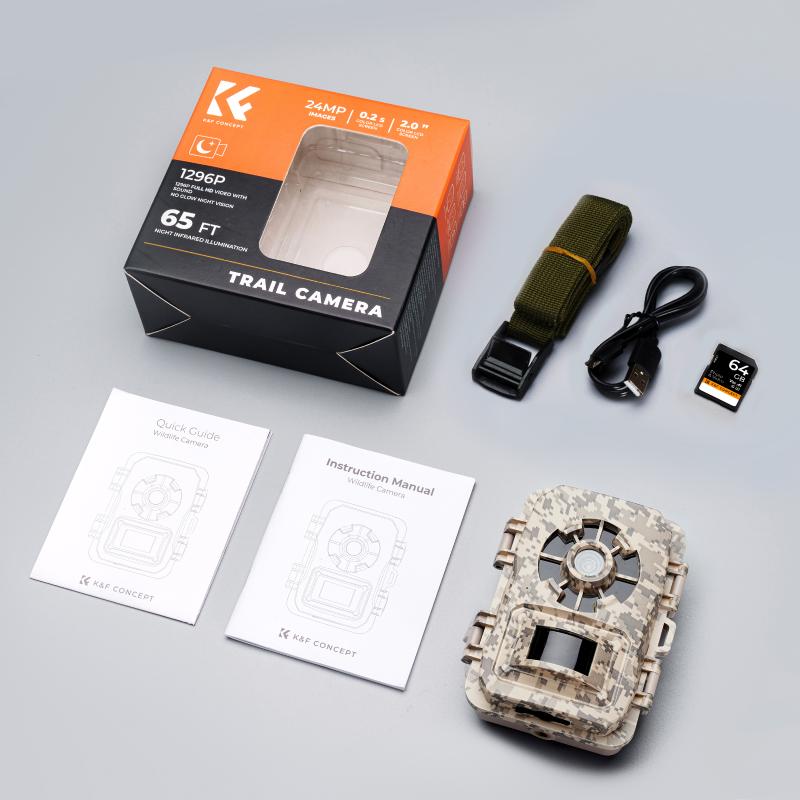
2、 First commercially available digital cameras
Digital cameras were first introduced in the late 20th century as a revolutionary alternative to traditional film cameras. The first commercially available digital camera, known as the Dycam Model 1, was introduced in 1990. This camera had a resolution of 376 x 240 pixels and could store up to 32 images on its internal memory. However, it was quite expensive and not widely adopted by consumers.
It wasn't until the mid-1990s that digital cameras started gaining popularity. In 1994, Apple released the QuickTake 100, which was one of the first digital cameras to be marketed towards consumers. It had a resolution of 640 x 480 pixels and could store up to 8 images. Other companies like Kodak and Casio also entered the market around the same time, offering more affordable options for consumers.
Over the years, digital cameras have undergone significant advancements in terms of technology and features. The resolution has improved dramatically, with modern digital cameras offering resolutions in the range of 20 to 50 megapixels. Additionally, the storage capacity has increased exponentially, with the ability to store thousands of images on a single memory card.
Today, digital cameras have become an integral part of our lives, with most smartphones equipped with high-quality cameras. The convenience of digital photography, with the ability to instantly view and share images, has made it the preferred choice for many photographers. However, film cameras still hold a special place in the hearts of some photography enthusiasts who appreciate the unique qualities and nostalgia associated with film photography.
In conclusion, digital cameras were first introduced in the early 1990s, with the Dycam Model 1 being the first commercially available option. Since then, digital cameras have evolved significantly, offering higher resolutions and greater storage capacity. They have become an essential tool for capturing and sharing moments in our modern digital age.
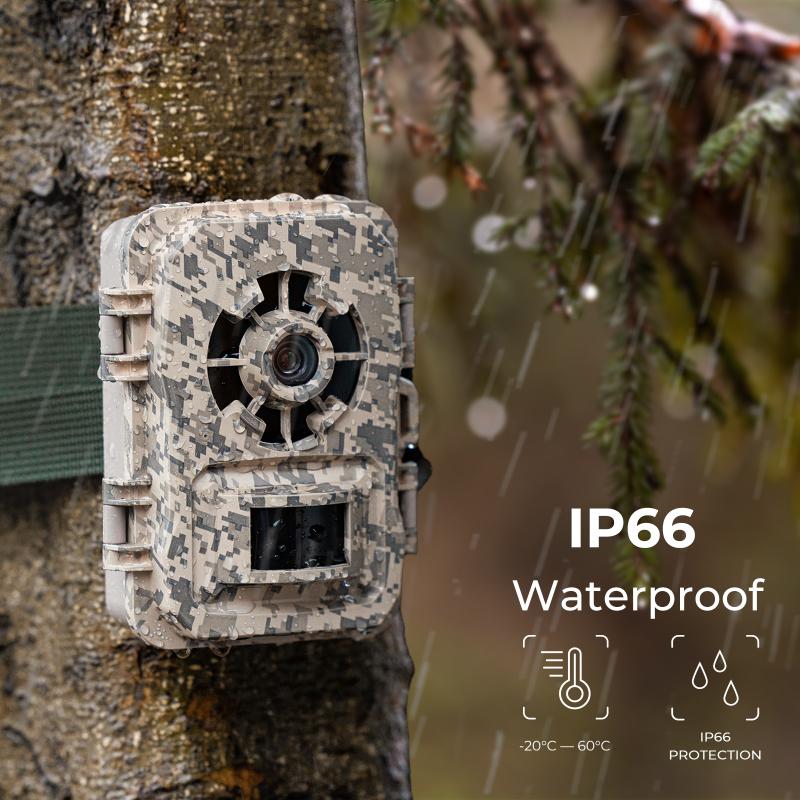
3、 Evolution of digital camera sensors and image quality
Digital cameras were first introduced in the late 20th century, with the first commercially available digital camera, the Dycam Model 1, hitting the market in 1990. However, it wasn't until the mid-1990s that digital cameras started gaining popularity and becoming more accessible to the general public.
Since their introduction, digital camera sensors and image quality have undergone significant evolution. In the early days, digital cameras had low-resolution sensors, typically around 1 megapixel, resulting in images with limited detail and poor color accuracy. However, as technology advanced, sensor resolutions increased rapidly, with cameras now boasting sensors with resolutions ranging from 10 to 100 megapixels or more.
Alongside resolution improvements, advancements in sensor technology have also led to better image quality. Sensors have become more sensitive to light, resulting in improved low-light performance and reduced noise levels. Additionally, advancements in image processing algorithms have allowed for better noise reduction and dynamic range, resulting in more detailed and vibrant images.
In recent years, there has been a growing focus on improving the performance of digital camera sensors in challenging lighting conditions. Manufacturers have introduced technologies such as backside-illuminated (BSI) sensors, which improve light gathering capabilities, and larger pixel sizes, which enhance low-light performance.
Furthermore, the development of mirrorless cameras has brought about significant changes in the digital camera landscape. Mirrorless cameras eliminate the need for a bulky mirror mechanism, allowing for smaller and lighter camera bodies. This has opened up new possibilities for photographers, particularly in terms of portability and versatility.
In conclusion, digital cameras have come a long way since their introduction in the 1990s. The evolution of sensor technology and image processing algorithms has resulted in significant improvements in image quality, resolution, low-light performance, and overall camera performance. With ongoing advancements, it is likely that we will continue to see further improvements in the future.
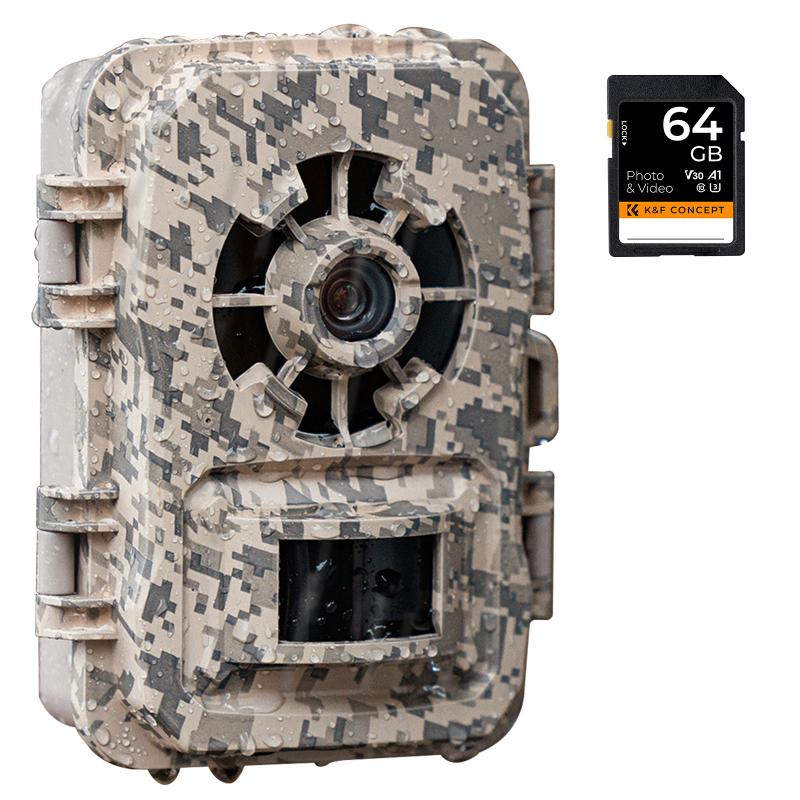
4、 Advancements in digital camera features and functionality
Digital cameras were first introduced in the late 20th century, with the first commercially available model being the Dycam Model 1, released in 1990. This camera used a CCD image sensor to capture and store digital images, which could then be transferred to a computer for viewing and printing. However, it was not until the mid-1990s that digital cameras started gaining popularity and becoming more accessible to the general public.
Advancements in digital camera features and functionality have been significant over the years. One major development has been the increase in resolution, with cameras now capable of capturing images with incredibly high levels of detail. Additionally, the size and weight of digital cameras have significantly decreased, making them more portable and convenient to use.
Another important advancement is the improvement in low-light performance. Many digital cameras now have larger image sensors and advanced noise reduction algorithms, allowing for better image quality in low-light conditions. This has made it possible to capture stunning photos even in challenging lighting situations.
Furthermore, the introduction of autofocus systems has greatly improved the ease and speed of capturing sharp images. Modern digital cameras often feature advanced autofocus technologies, such as phase detection or hybrid autofocus, which ensure accurate and fast focusing.
In recent years, there has been a surge in mirrorless camera technology. Mirrorless cameras offer the advantage of being smaller and lighter than traditional DSLRs while still providing excellent image quality and interchangeable lenses. This has made them increasingly popular among both professional photographers and enthusiasts.
Additionally, advancements in connectivity have allowed for seamless integration between digital cameras and other devices. Wi-Fi and Bluetooth capabilities enable users to transfer images wirelessly to smartphones or tablets for instant sharing on social media platforms.
In conclusion, digital cameras have come a long way since their introduction in the 1990s. Advancements in resolution, low-light performance, autofocus, and connectivity have made them more versatile and user-friendly. With the continuous evolution of technology, we can expect further improvements in digital camera features and functionality in the future.











